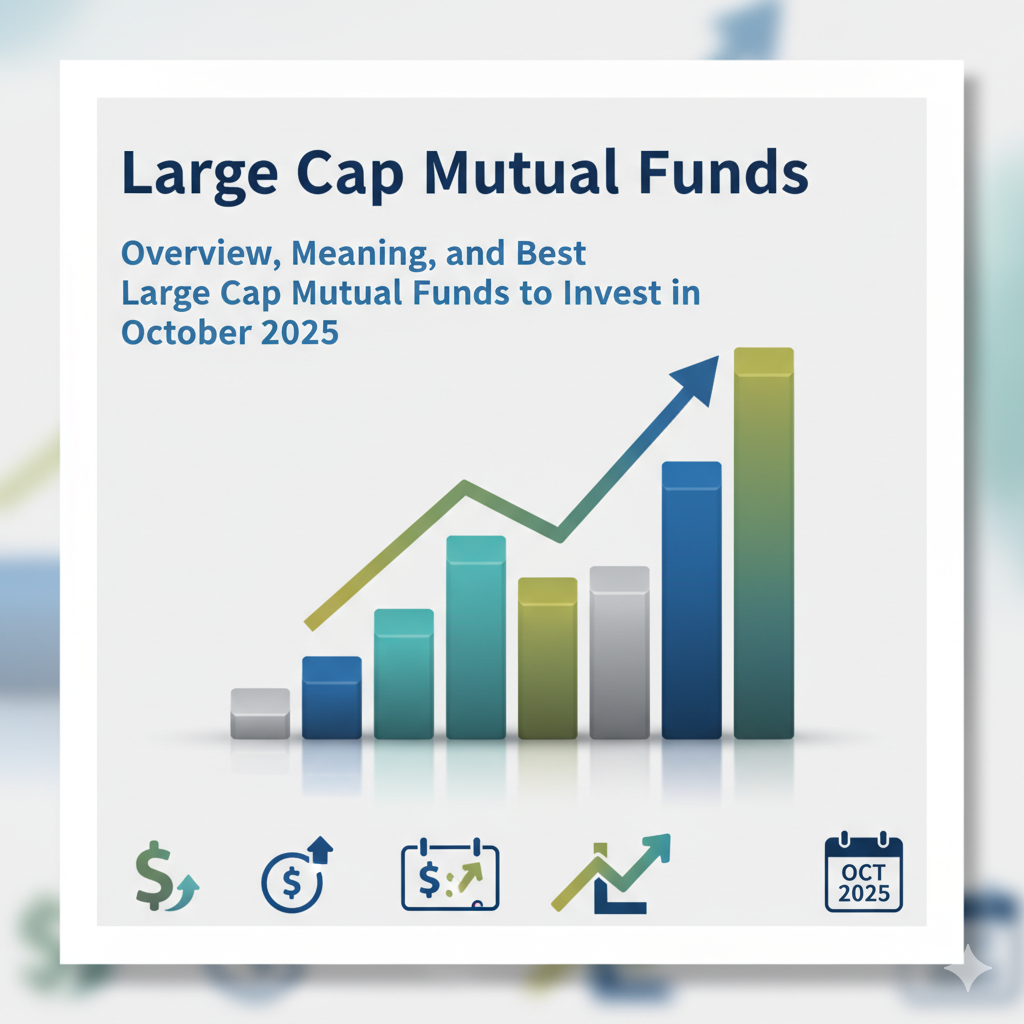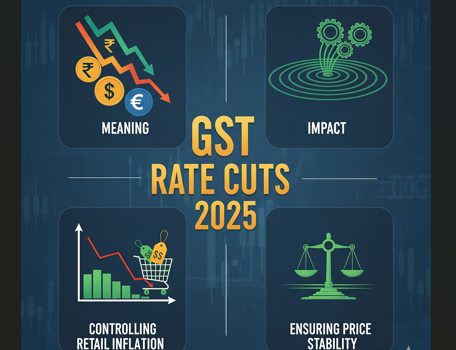The Indian stock market maintained its upward momentum, with the Sensex climbing 500 points for the sixth straight day in March 2025. This ongoing rally has drawn the attention of investors and analysts eager to identify the driving forces behind the market’s strength.
On Monday, March 24th, 2025, the stock markets extended their gains, with indices rising for the sixth consecutive session. The surge was primarily driven by strong performances in banking and financial stocks, while all sectoral indices were trading in positive territory. By 9:47 AM, the S&P BSE Sensex had gained 399.04 points, reaching 77,304.55, while the NSE Nifty50 advanced by 123.70 points to 23,474.10.
What is Sensex?
The Sensex (short for Stock Exchange Sensitive Index) is the benchmark index of the Bombay Stock Exchange (BSE) in India. It measures the performance of 30 leading and actively traded companies listed on the BSE. These companies span various sectors, making the Sensex a key barometer of market sentiment and India’s economic health.
A rise in the Sensex indicates that the stock prices of these major companies are generally going up, reflecting optimism in the market. On the other hand, a decline suggests falling stock prices and a bearish sentiment.
Example: When the Sensex jumps by 500 points, it signifies a significant increase in the combined value of the 30 companies, indicating a bullish market trend.
Reason for the Rise in the Stock Market
1. Decline in Foreign Selling
Foreign portfolio investors (FPIs) infused ₹7,470.36 crore into the market on Friday, mainly due to the FTSE March review. This FII inflow helped lift investor confidence, which had been weakened by continuous foreign fund outflows since October. V K Vijayakumar, Chief Investment Strategist at Geojit Financial Services, noted that the reversal in FPI selling has strengthened market sentiment, driven by robust domestic growth, easing inflation, and a weaker dollar.
2. Rupee Gains Against the Dollar
The Indian rupee appreciated by 12 paise to reach 85.86 against the US dollar on Monday, supported by strong domestic inflows. Despite global uncertainties, the weakening dollar provided additional support to the local currency.
3. Global Markets Lift Domestic Sentiment
Wall Street’s positive performance boosted domestic market confidence. U.S. stock futures climbed as investors assessed potential tariff measures by President Trump. By 10 AM, Dow Futures were up by 0.47%. On Friday, the S&P 500 gained 0.1%, closing at 5,667.56, while the Dow Jones Industrial Average and Nasdaq Composite also posted modest gains. Investors are keeping an eye on the April 2 deadline for potential tariff actions.
4. Banking Stocks Drive Market Gains
Banking stocks led the rally, with the Nifty Bank index surging 1000 points to hit an intraday high of 51,635. Kotak Mahindra Bank, Canara Bank, and Punjab National Bank were the top performers, rising over 3%. Kotak Mahindra Bank emerged as the top gainer. The Nifty Bank index is now just 5-6% below its all-time high of 54,500. Analysts remain bullish as long as the index stays above key support levels of 50,000 and 49,700, with resistance seen at 51,000 and 51,750.
5. Investor Confidence rises with Market Uptrend
According to Bloomberg, Trump officials indicated that the list of target countries for tariffs may be selective, reducing the potential impact on specific sectors. Last week, the BSE Sensex surged by 3,076.6 points (4.16%), while the Nifty gained 953.2 points (4.25%). Siddhartha Khemka, Head of Research at Motilal Oswal Financial Services, expects the rally to continue, driven by renewed foreign institutional investor (FII) interest, attractive valuations, and signs of economic recovery.
Indian Markets Gain on Positive Economic Signs
1. Positive Macroeconomic Trends: Indian macroeconomic indicators are improving, with robust tax revenues supporting market stability.
2. Market Stability: The market is holding firm around the 23,000 level, reflecting its strength.
3.Q4 Earnings Impact: The upcoming quarterly (Q4) earnings season will be a key driver in determining whether the market can stay above 23,000.
4. Global Factors at Play: External factors such as the Trump trade war and ongoing geopolitical tensions will continue to influence market trends alongside corporate earnings.
Indian Market Beat the Global Market
1. Outperformance vs. US Markets: Indian markets have outperformed US markets, benefiting from improved sentiment toward emerging markets.
2. Focus on Emerging Markets: Uncertainties in the US economy and concerns over potential trade wars have shifted global investor attention toward emerging markets, especially India.
3. Chinese Market Gains: Chinese markets are also performing well, adding to the positive outlook for emerging economies.
4. Market Rebound: After a recent correction, Nifty bounced back from around 22,000 and is now holding near 23,000, signaling market strength.
5. Positive Outlook: If Nifty maintains the 23,000 level, Indian markets are expected to perform well in the short to medium term.
Final Thoughts
The Sensex’s 6-day rally in March 2025 reflects strong investor confidence and favorable economic conditions propelling the market. Supported by stable global trends, robust corporate earnings, and steady FII inflows, the Indian stock market seems poised for continued growth. However, investors should stay cautious about potential market corrections and global uncertainties.
FAQs
Q1. Why is Sensex rising?
Ans: The Sensex is climbing due to attractive prices of large-cap stocks and renewed optimism about slowing foreign outflows. It gained 557 points (0.73%) to close at 76,905, while the Nifty50 rose by 160 points (0.69%) to 23,350.
Q2. What does it mean when Sensex goes up?
Ans: When the Sensex rises, it shows that the prices of the 30 listed stocks have increased, indicating market optimism. On the other hand, if the Sensex falls, it means these stock prices have dropped, signaling caution or pessimism.
Q3. Why does the stock market suddenly rise?
Ans: The stock market goes up when more people buy stocks (higher demand) than sell them (lower supply), causing prices to increase. On the other hand, if more people sell than buy, the price drops due to higher supply. It all depends on the supply and demand.
Q4. What is the predicted Sensex for 2025?
Ans: Morgan Stanley forecasts the Sensex to reach 105,000 points by December 2025. The firm’s strategists and economists, led by Ridham Desai, noted that India’s earnings growth is on the rise, even when factoring in conservative estimates.
Source – Sensex jumps 500 points, rises for 6th straight day: What’s driving the rally








